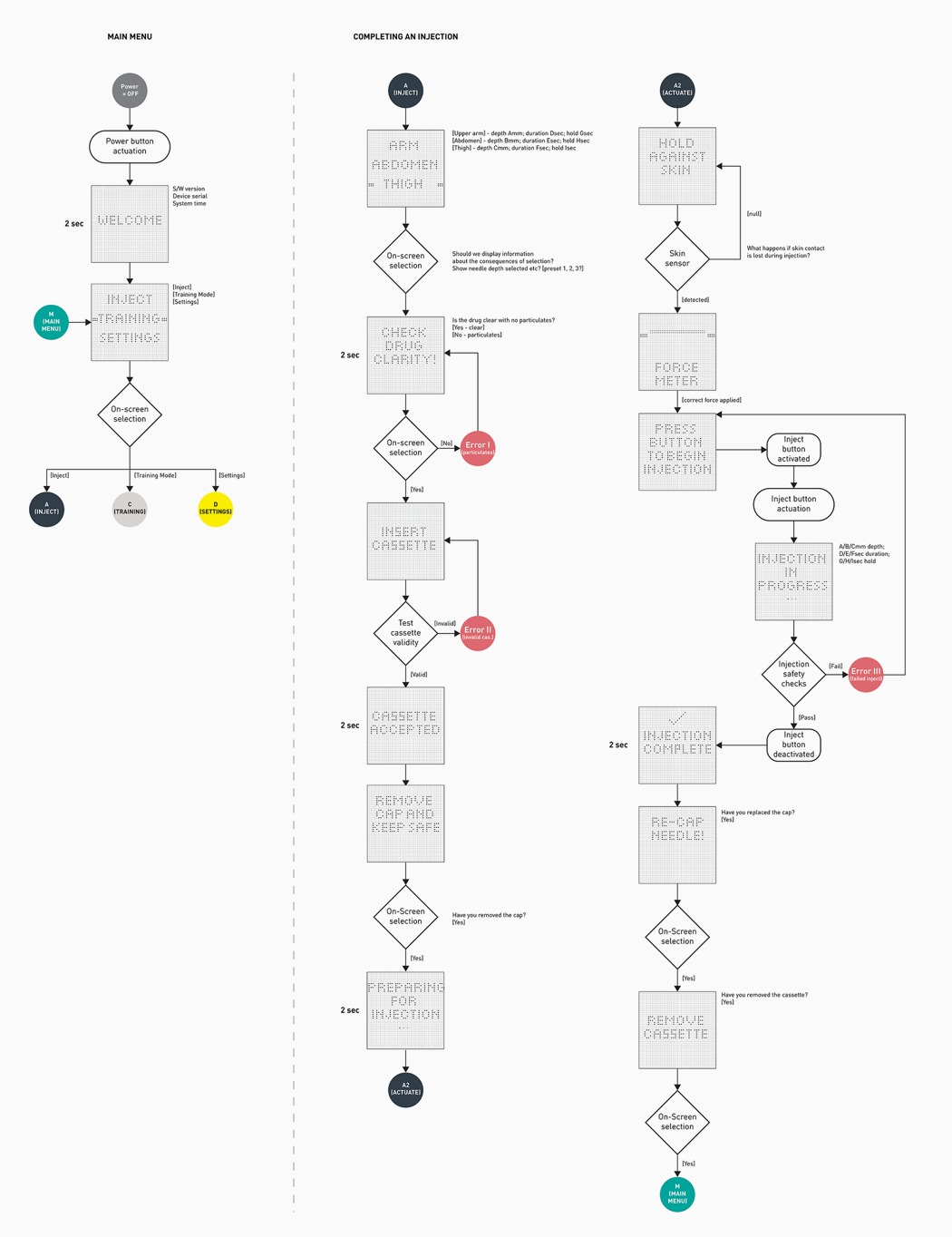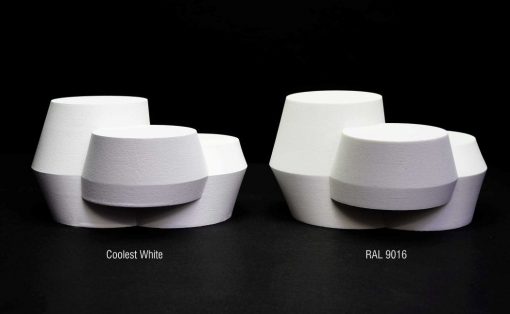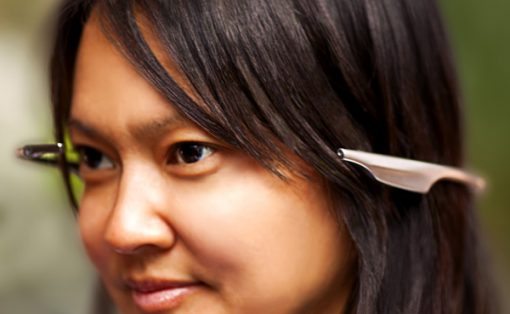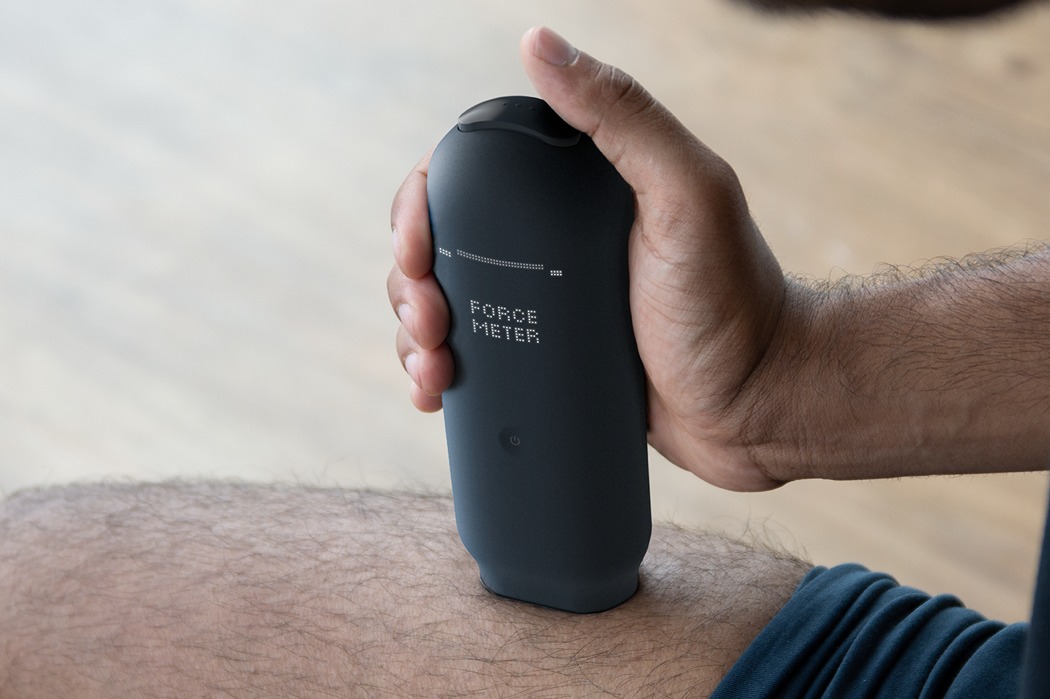
Naturally, medical devices have a direct impact on the patient and because of this they must provide an intuitive user experience that is both considering and understanding of the user. However, this isn’t always the case and the empathetic element of the design is either lost or dismissed when it comes to the development of a new product. Aalto explores how a more harmonious patient experience can be achieved through the use of color, form and branding.
Aalto is a self-injection device designed for use by patients suffering with a chronic disease that impacts their dexterity. The family of products that make-up Aalto each share the same geometric yet friendly forms that evoke a sense of trust. More significantly, they remove the stigma of medical devices and create a far more approachable product.
This element of trust has been introduced to each aspect of the product, from the packaging through to the interface. By having these attributes projected onto each element, a far more considered and harmonized experience has been achieved. This is just a beautiful example of user-centered design.
Designer: Cambridge Consultants
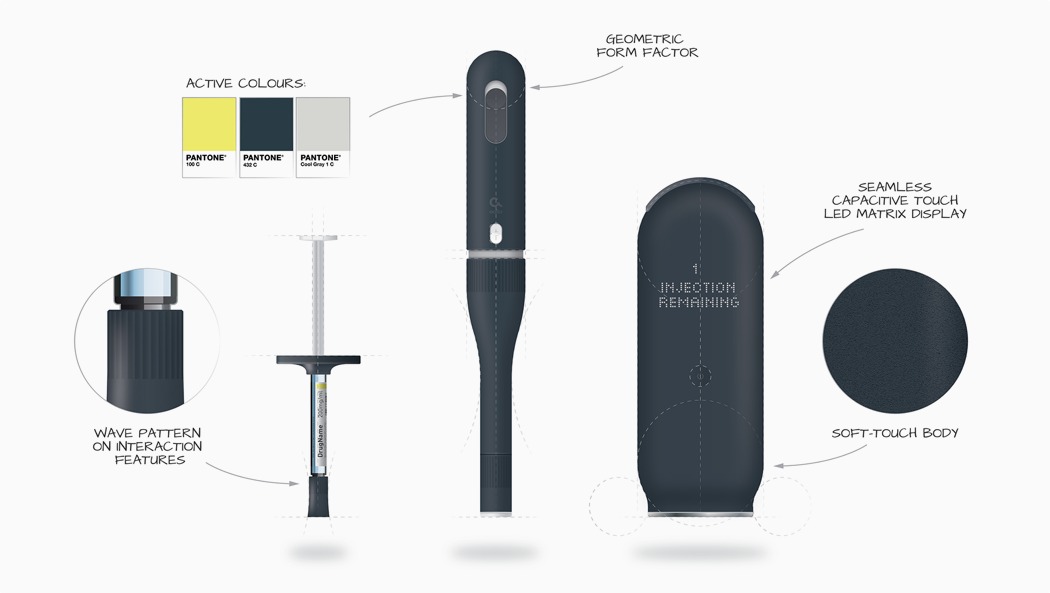
The Aalto autoinjector family uses robust, geometric forms to evoke a sense of TRUST.
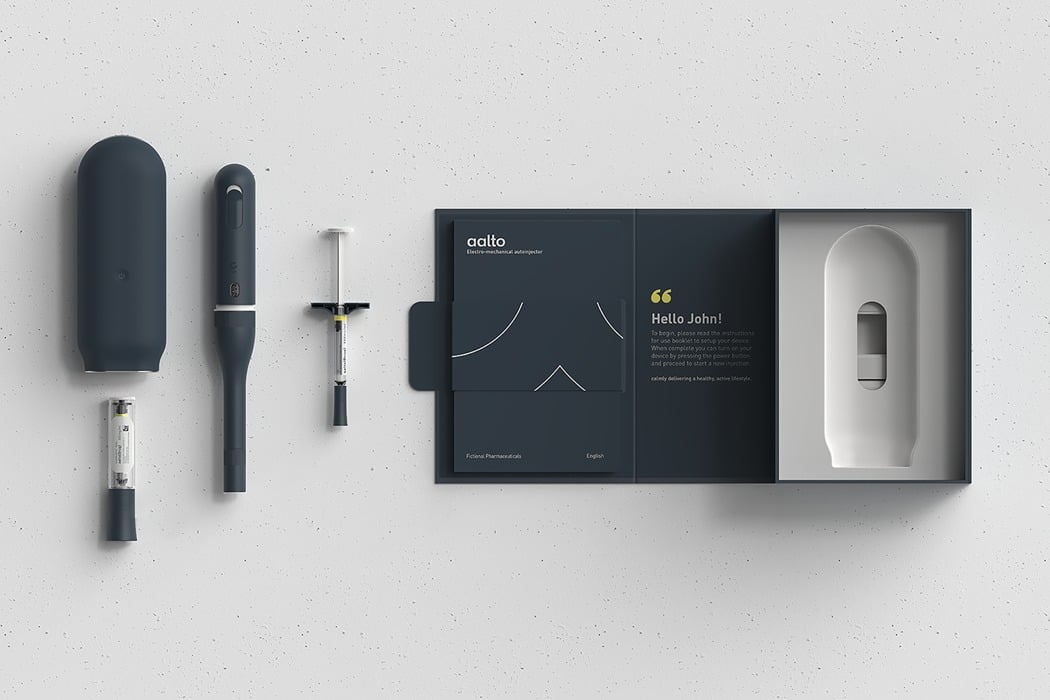
Bold use of midnight blue with a contrasting yellow accent colour and the use of a tactile outer skin portray the ACTIVE brand attribute.
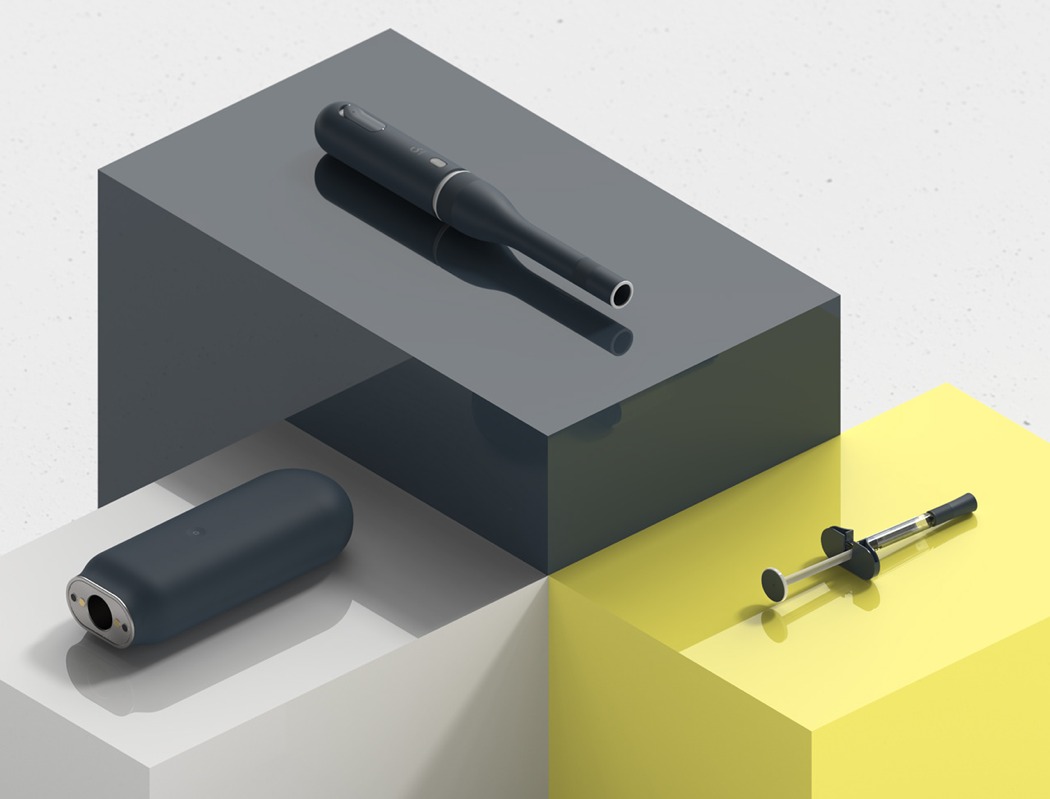
A sense of CALM is depicted in product detailing by using subtle ‘wave’ patterns on areas of the injectors. This indicates where (and how) patients should interact with the devices (twist, push and pull). Superfluous visual stimuli should be avoided, as it may detract from the device’s usability cues.
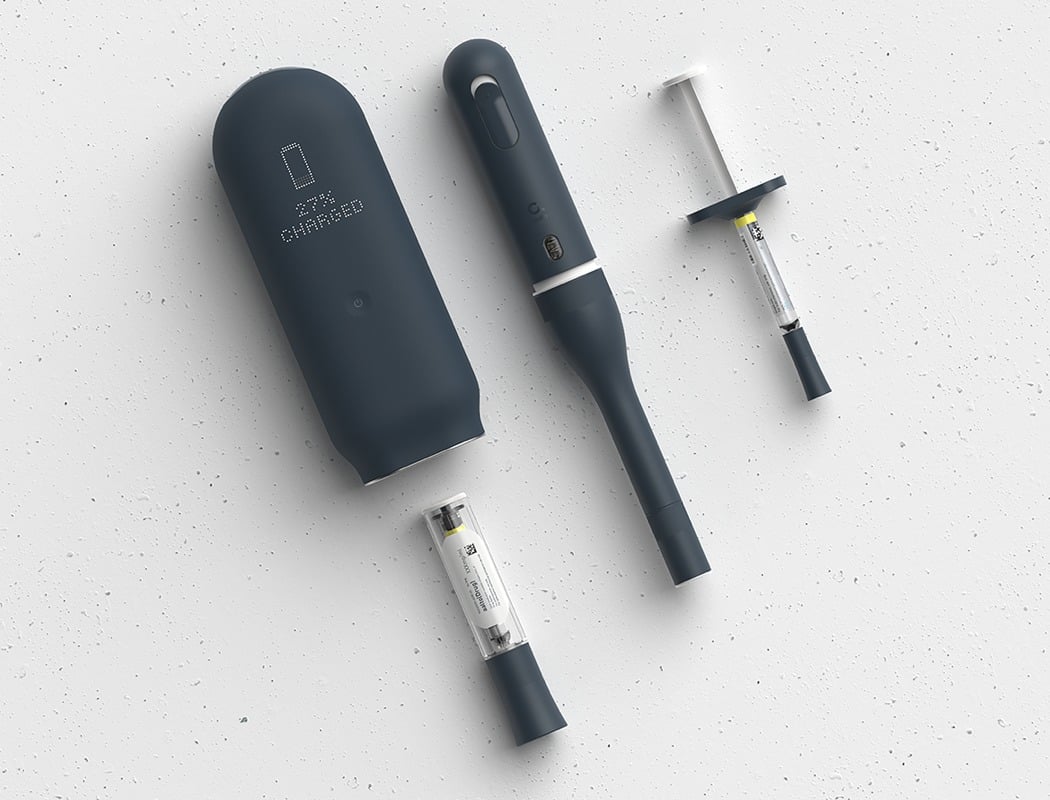
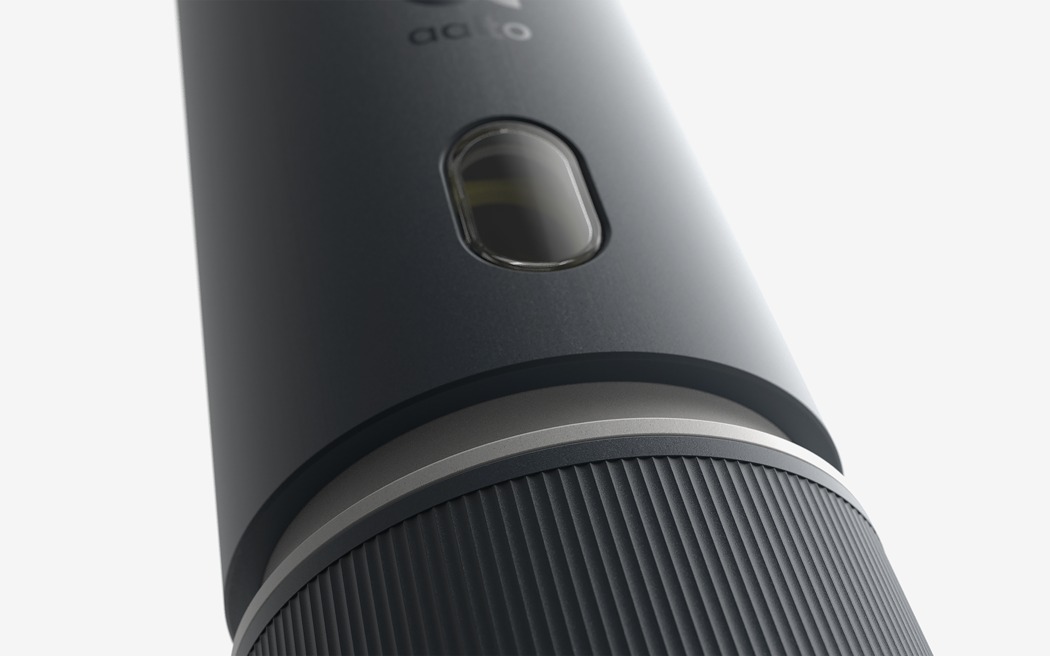
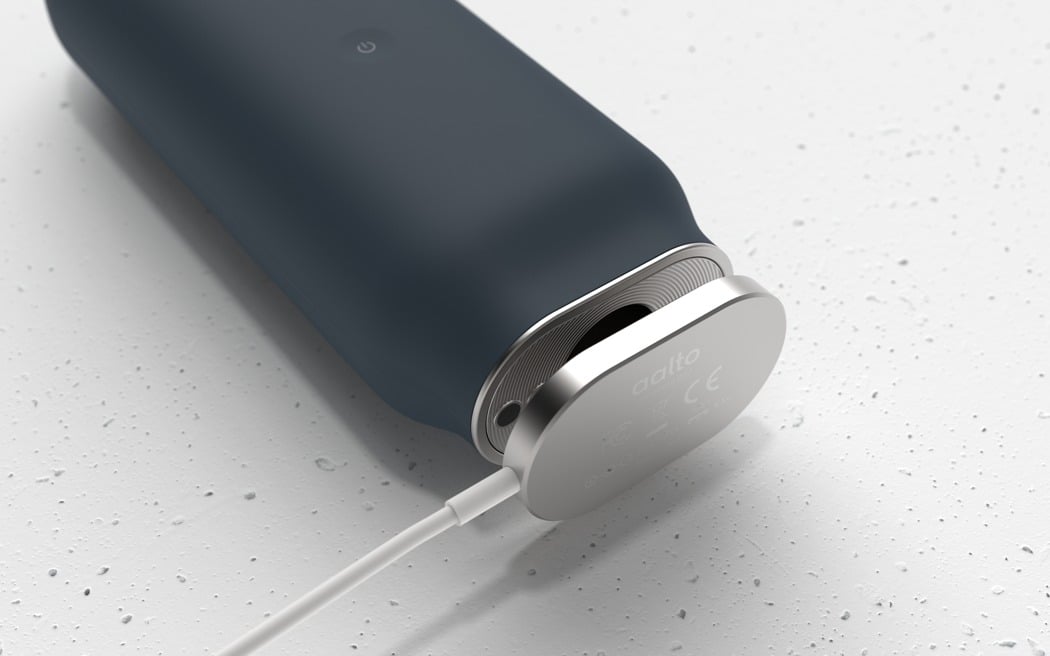
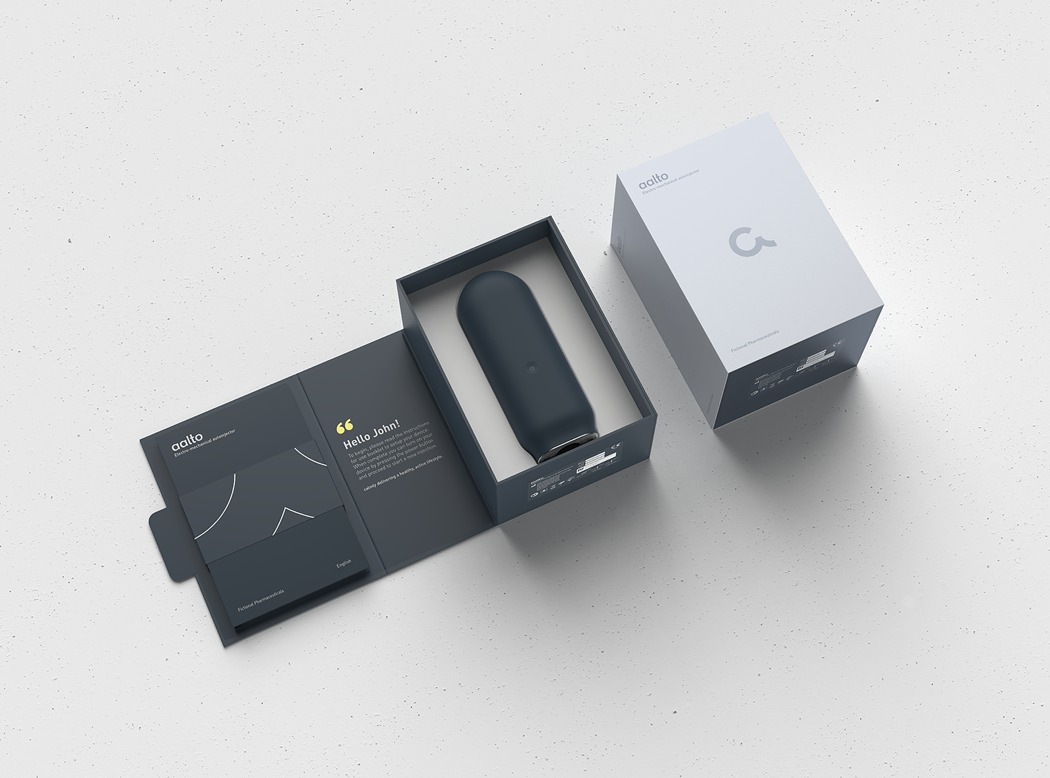
The Aalto injector packaging is designed to provide an enhanced unboxing experience. When the pack is opened, the injector and instructions for use are presented to the patient simultaneously, reducing confusion and anxiety, and further enforcing the brand attributes of TRUST and CALM.
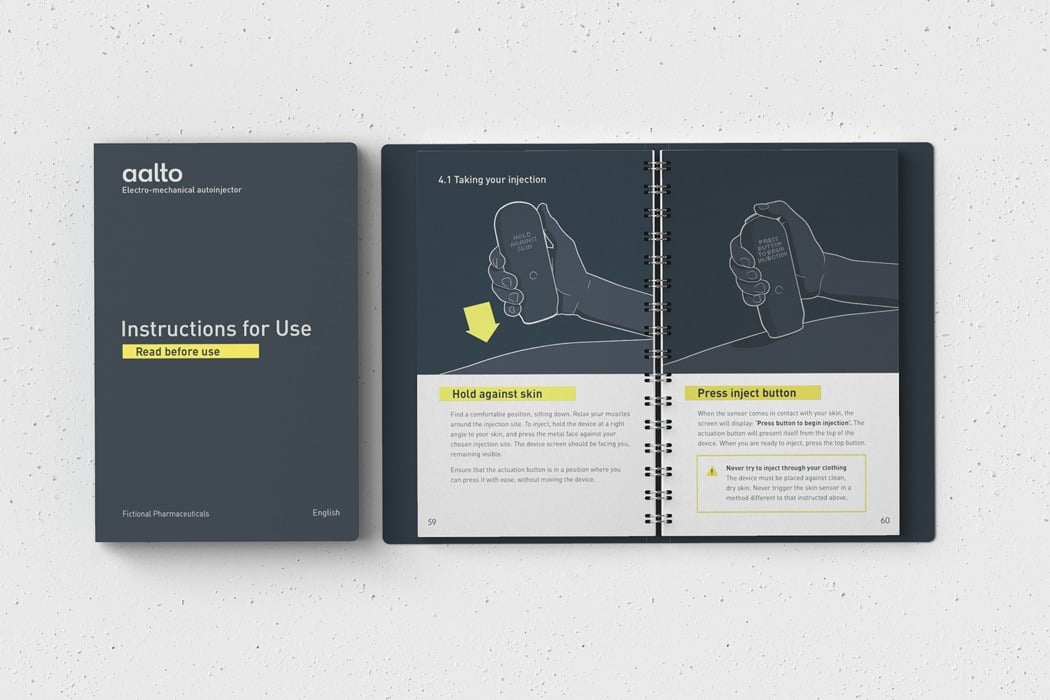
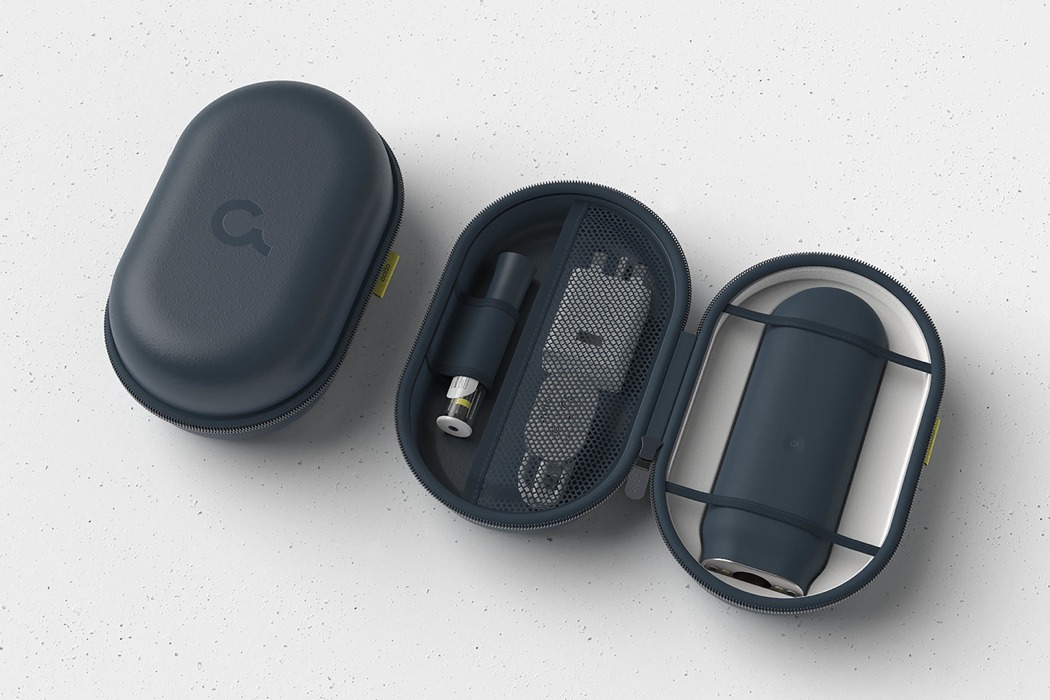

Interactive and aesthetic harmony are considered with gesture control across hardware and software.
The electromechanical autoinjector embodies this consideration. As a patient pushes the autoinjector against their skin, the digital interface and software responds to this physical interaction, guiding the user to push with and maintain the correct force.
